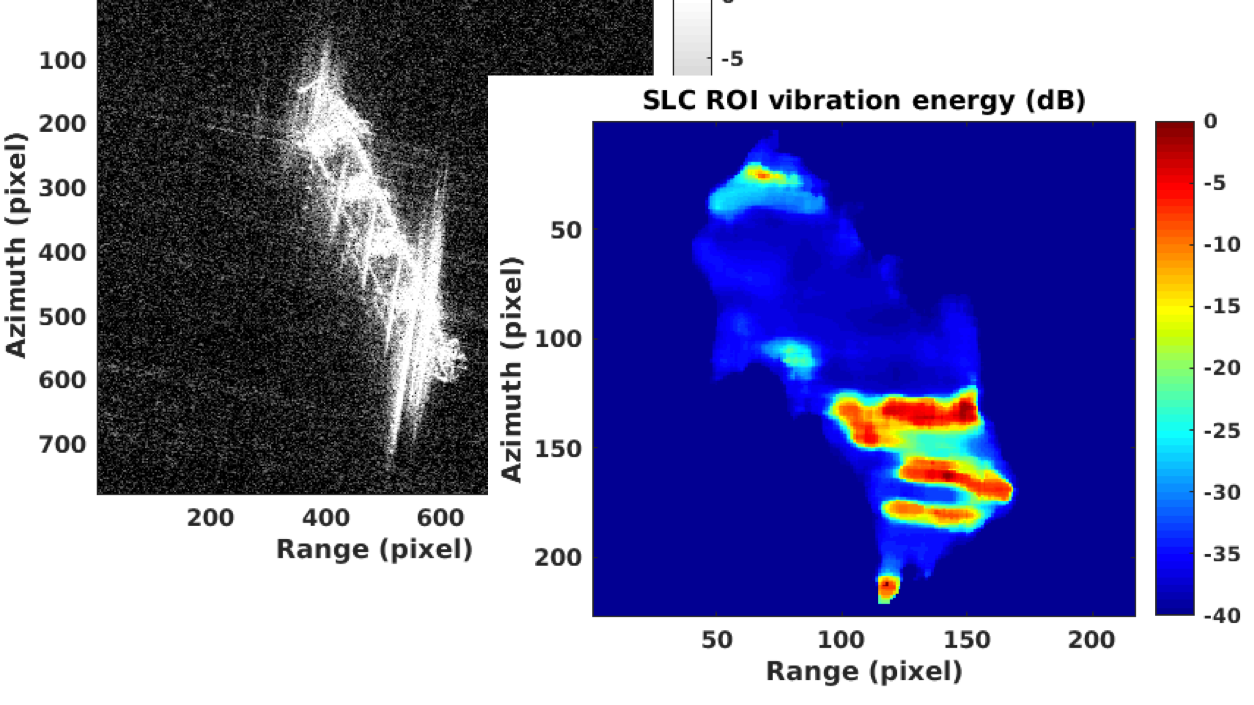This idea is to develop a framework for automatic recognition of maritime targets from Synthetic Aperture Radar (SAR) images. SAR is a powerful sensor able to provide information in any light condition and independent on cloud coverage. This allows SAR images to be acquired anytime and from anywhere using a space borne platform to carry a sensor. Furthermore, the peculiar acquisition mode allows for target motion estimation and characterization. This aspect becomes even more interesting when dealing with targets exhibiting micro-motions, as these can be used to characterise them, such as different human gait characteristics, helicopter's models or miniature UAVs. Of particular interest are the micro-motions induced by moving parts on board of maritime targets. These can be actual moving components on board of a vessel (i.e., rotating antenna), micro-motion induced by engine (vibration) or rocking due to the sea state. The presence of micro-motions has effects on the final SAR image that can be exploited to extract useful information about the target, such as the position and characteristics of a rotating antenna or the engine position and vibrating field induced. The aim of the project is to model these aspects and their effects on the images, to develop a framework able to detect and extract micro-motion characteristics that will be then integrated into an Artificial Intelligence Framework for maritime target recognition. Applications of this technology include: 1) Anti-piracy, allowing enhanced target recognition of seized ships with spoofed AIS; 2) Fishing, allowing monitoring of fishing vessels in order to prevent overfishing; 3) Illegal immigration, recognising vessels trafficking humans (that are often without AIS) and that have limited capabilities (preventing losses of life in open sea). Validation of the algorithms will be performed on real SAR data in C (Sentinel 1) and X (Cosmo-Skymed) bands.

